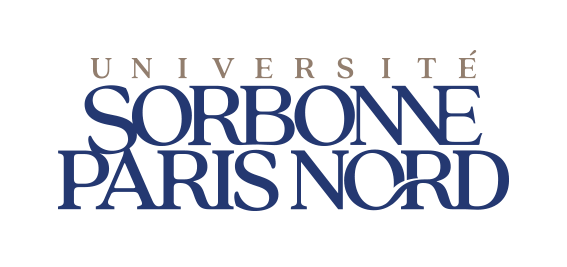Diagnosis and phenotypic assessment of trimethylaminuria, and its treatment with riboflavin: 1 H NMR spectroscopy and genetic testing
Résumé
Background: Trimethylaminuria (TMAU) is a metabolic disorder characterized by the excessive excretion of the malodorous compound trimethylamine (TMA). The diagnosis of TMAU is challenging because this disorder is situated at the boundary between biochemistry and psychiatry. Here, we used nuclear magnetic resonance spectroscopy to assess TMAU in 13 patients. We also sequenced the FMO3 gene in 11 of these patients. Treatment with vitamin B2 was prescribed. Results: Two patients (aged 3 and 9 years at the initial consultation) had a particularly unpleasant body odor, as assessed by their parents and the attending physicians. The presence of high urine TMA levels confirmed the presence of a metabolic disorder. The two (unrelated) children carried compound heterozygous variants in the FMO3 gene. In both cases, vitamin B2 administration decreased TMA excretion and reduced body odor. The 11 adults complained of an unpleasant body odor, but the physicians did not confirm this. In all adult patients, the urine TMA level was within the normal range reported for control (non-affected) subjects, although two of the patients displayed an abnormally high proportion of oxidized TMA. Seven of the 9 tested adult patients had a hypomorphic variant of the FMO3 gene; the variant was found in the homozygous state, in the heterozygous state or combined with another hypomorphic variant. All 11 adults presented a particular psychological or psychiatric phenotype, with a subjective perception of unpleasant odor. Conclusions: The results present the clinical and biochemical data of patients complaining of unpleasant body odor. Contrary to adult patients, the two children exhibited all criteria of recessively inherited trimethylaminuria, suspected by parents in infancy. B2 vitamin treatment dramatically improved the unpleasant body odor and the ratio of TMA/Cr vs TMAO/Cr in the urine in the children. Other patients presented a particular psychological or psychiatric phenotype.
Domaines
Chimie
Origine : Publication financée par une institution
Loading...


